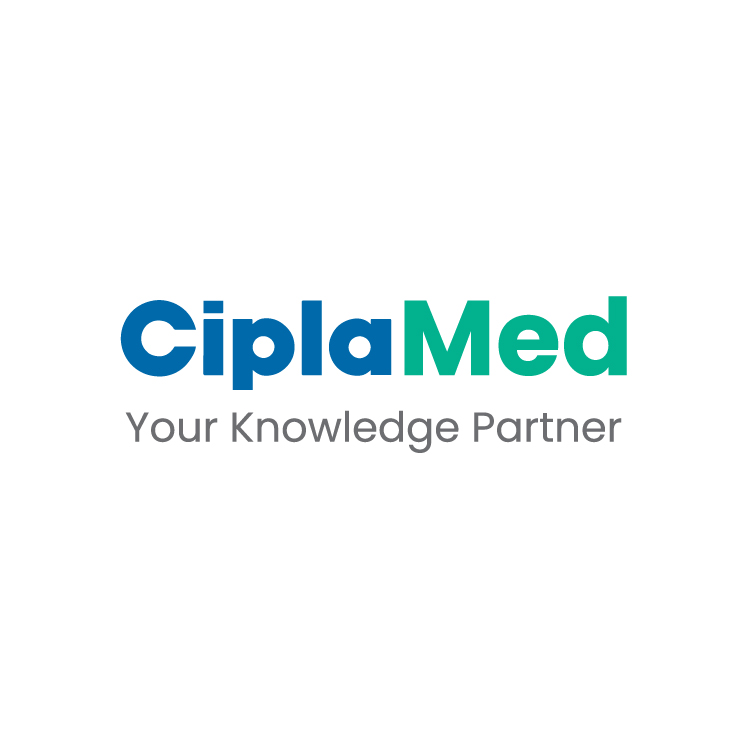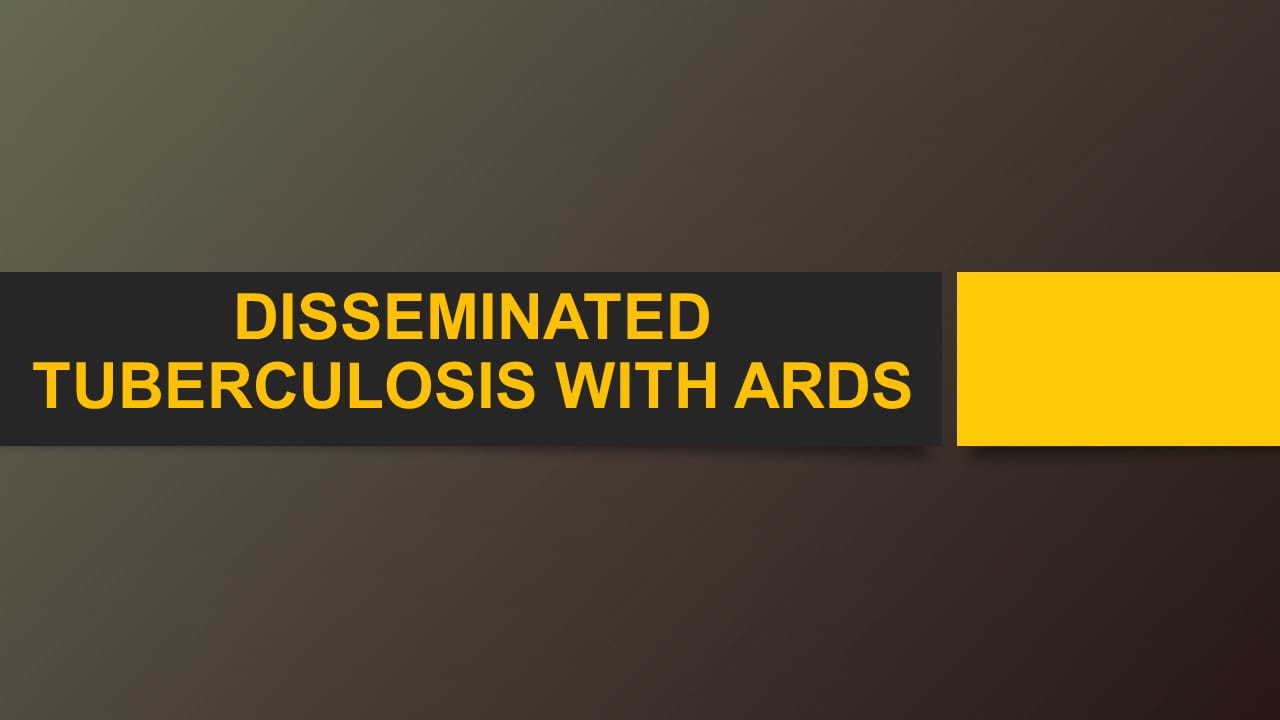SCCM 2024: Star Research Presentation: Sepsis
Diagnostic and Prognostic Value of Procalcitonin in Critically Ill Cancer Patients with Sepsis
This randomized single-blinded controlled trial aimed to understand the diagnostic and prognostic value of procalcitonin (PCT) levels in critically ill cancer patients with sepsis. A total of 153 cancer patients meeting SEPSIS 3 criteria were enrolled in the study. At baseline, the median SOFA score stood at 7 (5-10) while the PCT concentration (ng/ml) was 2.6 (0.6-14). The baseline PCT showed an area under the curve (AUC) of 0.594 (95% CI 0.494-0.693) for anticipating positive cultures and an AUC of 0.685 (95% CI 0.598-0.773) for predicting ICU mortality. A 30% decrease in PCT after 72 hours demonstrated an overall accuracy of 35.4%, a positive predictive value (PPV) of 23.4%, and a negative predictive value (NPV) of 51.8% for forecasting ICU mortality. In conclusion, PCT levels in critically ill cancer patients with sepsis failed to effectively predict positive cultures or mortality.
Procalcitonin and Antimicrobial Utilization in Critically Ill Cancer Patients with Sepsis (Pro-Can)
Procalcitonin is a prominent biomarker in antibiotic therapy in critically ill patients with sepsis; however, its significance in cancer patients remains unexplored. The Pro-Can study, a randomized controlled trial, assessed the role of a PCT-guided algorithm on antibiotic prescription in critically ill septic patients. The study enrolled 77 patients in the PCT group and 76 in the control. In the PCT-arm and blinded arm, the median (IQR) SOFA scores were 7 (6, 10) and 7 (5, 9) respectively. Baseline PCT concentrations (ng/ml) were 3.4 (0.8,16) and 3.4 (0.5, 26) in the PCT-arm and blinded arm correspondingly. However, the PCT arm exhibited a higher rate of decrease in PCT concentrations over time. The median (IQR) duration of antibiotic treatment days was 8 (4-11) and 8 (5-13) with a p-value of 0.463, while the Defined Daily Dose (DDD) for all antibiotics was 66 (34-111) compared to 80.5 (51-144) with a p-value of 0.055, in the PCT and blinded arms respectively. These findings suggest that PCT-guided management did not effectively decrease antibiotic usage or antimicrobial consumption in critically ill cancer patients with sepsis.
Neutrophil and Monocyte Phagocytosis in Children with Septic Shock
In a prospective observational study, children with septic shock were assessed for monocyte and neutrophil phagocytic function. Participants aged 4 months to 18 years within 48 hours of septic shock onset were included in the study. The study showed that among the 23 children with septic shock (median age: 10.3 years, 52% male), the PRISM III score was 12 (7,15) and VIS was 10 (7,20). Ten healthy controls (median age: 9.4 years, 50% male) were also included (p NS vs septic patients). Children with septic shock exhibited lower proportions of neutrophils expressing CD88 compared to healthy controls (p < 0.0001). Additionally, septic patients showed decreased proportions of neutrophils and monocytes with intact phagocytic function (p < 0.0001). However, within the septic shock group, no significant correlation was observed between monocyte HLA-DR expression and monocyte or neutrophil phagocytotic function (p=0.1). The findings suggest diminished neutrophil function in children with septic shock compared to healthy children. Moreover, the lack of correlation between monocyte and neutrophil phagocytosis assays and monocyte HLA-DR underscores the need for diverse biomarkers to assess sepsis-induced immune suppression. Further studies are warranted to validate these results and explore associations between neutrophil function measures and clinical outcomes in septic children.
Characterization of Circulating Heparin Sulfate During Pediatric Sepsis: A Pilot Study
During pediatric sepsis, glycocalyx damage, particularly heparin sulfate (HS), results in vascular endothelial cell (EC) dysfunction. Thus, structural alteration in the HS may affect the signalling, as prior studies associated elevated HS levels with EC activation. The pilot study was conducted on septic children to characterize circulating HS fragments and analyze the relations between EC activation marker angiopoietin 2 (Ang2) and HS disaccharide sulfation. The study included 19 septic patients and nine control. It was observed that septic children showed elevated HS levels and higher values of un-sulfated disaccharides in comparison with the control. The pattern of reduced disaccharide ∆UA-GlcNAc6S and the tetra-saccharide ∆UA-GlcNS-IdoA2S-GlcNS3S was prominent in septic patients. Meanwhile, the total levels HS correlated Ang2. In children with sepsis, the observed lower sulfation levels of HS fragments compared to healthy children suggest heightened sulfatase activity during the acute phase of sepsis. Furthermore, the study identified correlations between specific patterns of HS sulfation and levels of Ang2, indicating a need for deeper mechanistic investigations.
PBMC Adhesion Response: A Physiologic Biomarker for Immune Cell Exhaustion in Septic Shock?
The study evaluates the utility of endotoxin-tolerant as a marker in determining immune cell exhaustion. During sepsis, prolonged inflammation results in immunosuppression (PII) and consequently leads to the inability of the immune cells to clear pathogens due to immune cell exhaustion. Based on the in vivo experiments on mice that revealed SIRT 2 acting as a mediator in the endotoxin-tolerant phase of PII, ex vivo experiments using peripheral blood mononuclear cell (PBMC) adhesion assay were performed using human monocyte THP-1 cell line to study the mechanisms where PBMC acts as a physiological biomarker in septic shock regulated by SIRT2. The results revealed decreased cytokine (d TNF-α, IL-6, and IL-1β mRNA) responses and increased IL-10 mRNA to LPS (endotoxin tolerance) and SIRT2 levels in PBMC with septic shocks. In endotoxin-tolerant SS-PBMCs, muted adhesions with LPS vs H-PBMCs (adhesion tolerance) were observed, and THP1 showed increased SIRT2 value. Additionally, there was a significant increase in TNF-α mRNA and adhesion with LPS in THP-1 cells treated with AK-7. Thus, the results further suggest that PBMC-adhesion assay can be performed to determine immune cell exhaustion in septic shock patients, with SIRT2 inhibition potentially reducing cell exhaustion.
Society of Critical Care Medicine’s Critical Care Congress (SCCM 2024), Phoenix, Arizona, USA, Jan 21-23, 2024




